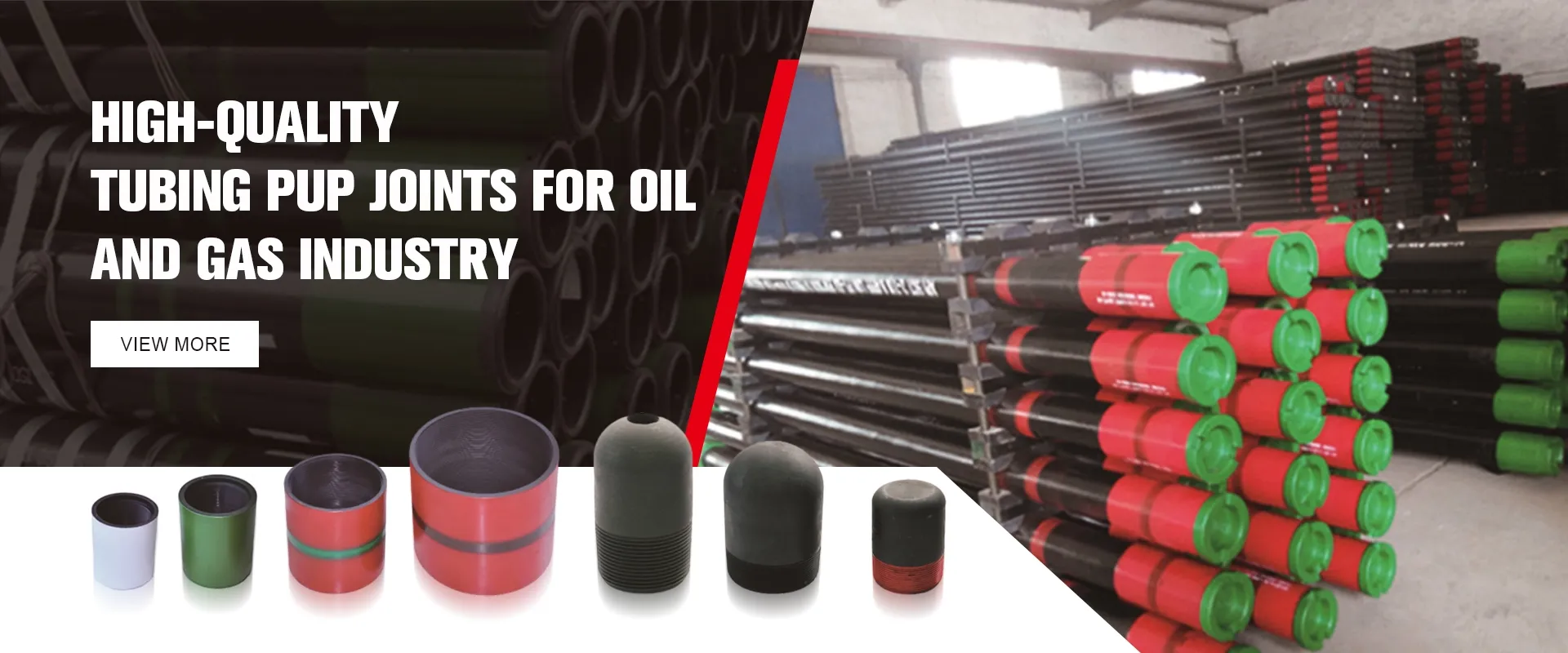- Afrikaans
- Albanian
- Amharic
- Arabic
- Armenian
- Azerbaijani
- Basque
- Belarusian
- Bengali
- Bosnian
- Bulgarian
- Catalan
- Cebuano
- Corsican
- Croatian
- Czech
- Danish
- Dutch
- English
- Esperanto
- Estonian
- Finnish
- French
- Frisian
- Galician
- Georgian
- German
- Greek
- Gujarati
- Haitian Creole
- hausa
- hawaiian
- Hebrew
- Hindi
- Miao
- Hungarian
- Icelandic
- igbo
- Indonesian
- irish
- Italian
- Japanese
- Javanese
- Kannada
- kazakh
- Khmer
- Rwandese
- Korean
- Kurdish
- Kyrgyz
- Lao
- Latin
- Latvian
- Lithuanian
- Luxembourgish
- Macedonian
- Malgashi
- Malay
- Malayalam
- Maltese
- Maori
- Marathi
- Mongolian
- Myanmar
- Nepali
- Norwegian
- Norwegian
- Occitan
- Pashto
- Persian
- Polish
- Portuguese
- Punjabi
- Romanian
- Russian
- Samoan
- Scottish Gaelic
- Serbian
- Sesotho
- Shona
- Sindhi
- Sinhala
- Slovak
- Slovenian
- Somali
- Spanish
- Sundanese
- Swahili
- Swedish
- Tagalog
- Tajik
- Tamil
- Tatar
- Telugu
- Thai
- Turkish
- Turkmen
- Ukrainian
- Urdu
- Uighur
- Uzbek
- Vietnamese
- Welsh
- Bantu
- Yiddish
- Yoruba
- Zulu
coupling casing
Understanding Coupling and Casing in Engineering Applications
In the realm of engineering, particularly in fields such as mechanical and civil engineering, the terms coupling and casing play crucial roles. Both concepts underpin the functionality and durability of various systems and structures, from machinery to structural components. This article delves into the definitions, applications, and significance of coupling and casing, elucidating their importance in engineering design and implementation.
What is Coupling?
Coupling refers to a mechanism used to connect two shafts together at their ends for the purpose of transmitting power. It is an essential component in various machines, including generators, motors, and pumps. The primary goal of coupling is to ensure that the connected shafts rotate together effectively, transferring mechanical energy from one shaft to another without significant loss.
There are several types of couplings, each designed for specific applications and operational conditions. Common types include rigid couplings, flexible couplings, and fluid couplings. Rigid couplings are used when precise alignment is critical, while flexible couplings can accommodate misalignment due to manufacturing tolerances or displacement during operation. Fluid couplings, on the other hand, utilize hydraulic fluid to transmit energy, offering unique advantages in applications requiring smooth engagement and variable speed control.
Couplings must also be designed to absorb shock loads and vibrations, ensuring smooth operation under various conditions. The materials used in coupling design are crucial; they must possess high strength, durability, and resistance to wear and fatigue. Engineers often consider factors such as torque rating, misalignment capabilities, and environmental conditions in selecting the appropriate coupling type for a specific application.
What is Casing?
Casing, in the context of engineering, primarily refers to the protective enclosure that surrounds equipment or structures. It serves multiple purposes, including protecting internal components from environmental hazards, maintaining structural integrity, and providing safety for operators. Casing is widely employed in machinery, pipelines, and construction projects.
coupling casing

In machinery, casing can refer to the external shell that houses critical components, such as gears, bearings, and motors. The casing not only protects these components but also contributes to the overall stability of the machine. In the context of pipelines, casing is often used to encase the borehole in drilling operations, providing support and preventing collapse, as well as protecting the transported fluids from external contamination.
The materials used for casing are selected based on the operational requirements. Metals such as steel are commonly used for their strength and durability, while plastics and composites may be used where weight reduction or corrosion resistance is critical. The design of casing must consider thermal expansion, pressure changes, and potential impacts, ensuring that it can withstand the conditions it will face during its service life.
The Intersection of Coupling and Casing
The interplay between coupling and casing is significant in many engineering applications. For instance, in the context of rotating machinery, the coupling must effectively transmit torque while the casing protects the coupling and other internal components from external damage and contamination. Properly designed casing can enhance the performance of couplings by providing the necessary support and protection, leading to improved reliability and longevity of the machine.
Moreover, in the field of oil and gas exploration, the use of casings in boreholes is critical for maintaining the structural integrity of the wells. Couplings are often used to connect different segments of casing pipes, ensuring that the entire system functions as a unified whole. The design and installation of these systems require careful consideration of the mechanical properties of both the couplings and casings, as well as their interactions under varying pressure and environmental conditions.
Conclusion
In summary, coupling and casing are fundamental concepts in engineering that serve vital roles in ensuring the efficiency, safety, and durability of various systems. By understanding their functions and interdependencies, engineers can design more effective solutions to meet the demands of modern applications. As technology advances, the continuing evolution of materials and design methods will further enhance the capabilities and performance of couplings and casings, paving the way for newer innovations in engineering disciplines.
-
Tubing Pup Joints: Essential Components for Oil and Gas OperationsNewsJul.10,2025
-
Pup Joints: Essential Components for Reliable Drilling OperationsNewsJul.10,2025
-
Pipe Couplings: Connecting Your World EfficientlyNewsJul.10,2025
-
Mastering Oilfield Operations with Quality Tubing and CasingNewsJul.10,2025
-
High-Quality Casing Couplings for Every NeedNewsJul.10,2025
-
Boost Your Drilling Efficiency with Premium Crossover Tools & Seating NipplesNewsJul.10,2025







